If you're installing new flashing on your roof, one of the things you might be wondering about is whether using roofing nails to fasten it is a good idea. Nails are less expensive and easy to use, but is it a reliable fastener? We did some research on flashing installation and here's what expert roofers recommend.
Some professional roofers use nails on flashing but those using modern flashing techniques now use adhesives. Nails are still necessary depending on the roof materials. For instance, if you are using metal flashing and roofing shingles, then nails are the best fastener to keep them in place.
If you want to know how to nail roof flashing and the type of roofing nail you need then continue reading below.
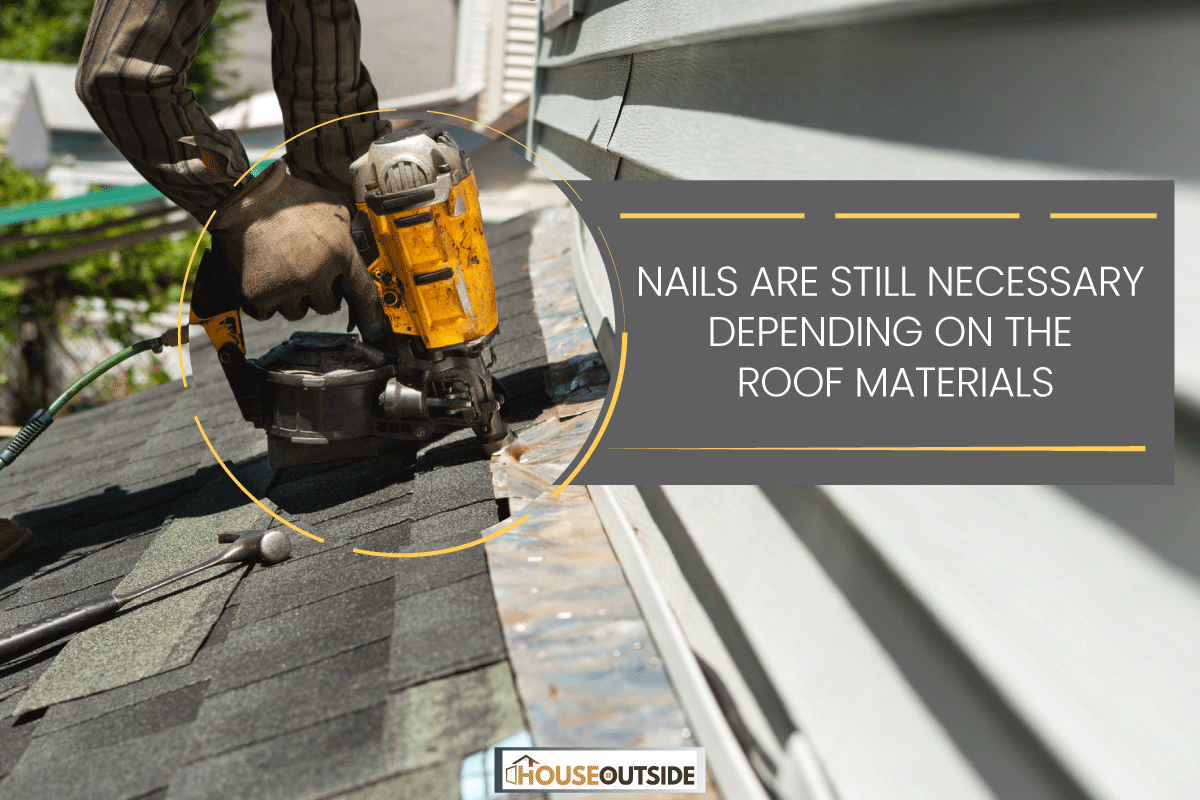
Do You Nail Roof Flashing?
Roof flashing is a type of metal used to seal the joints between sections of roofing. It is typically placed at the points where the roof meets walls, chimneys, and other structures. Its main purpose is to direct water away from the roof's edges.
Roof flashing is one of the most crucial parts of the roofing system. It's what helps protect your home structure and interior from water damage. It prevents rainwater from seeping in from the sides of the walls and entering the home.
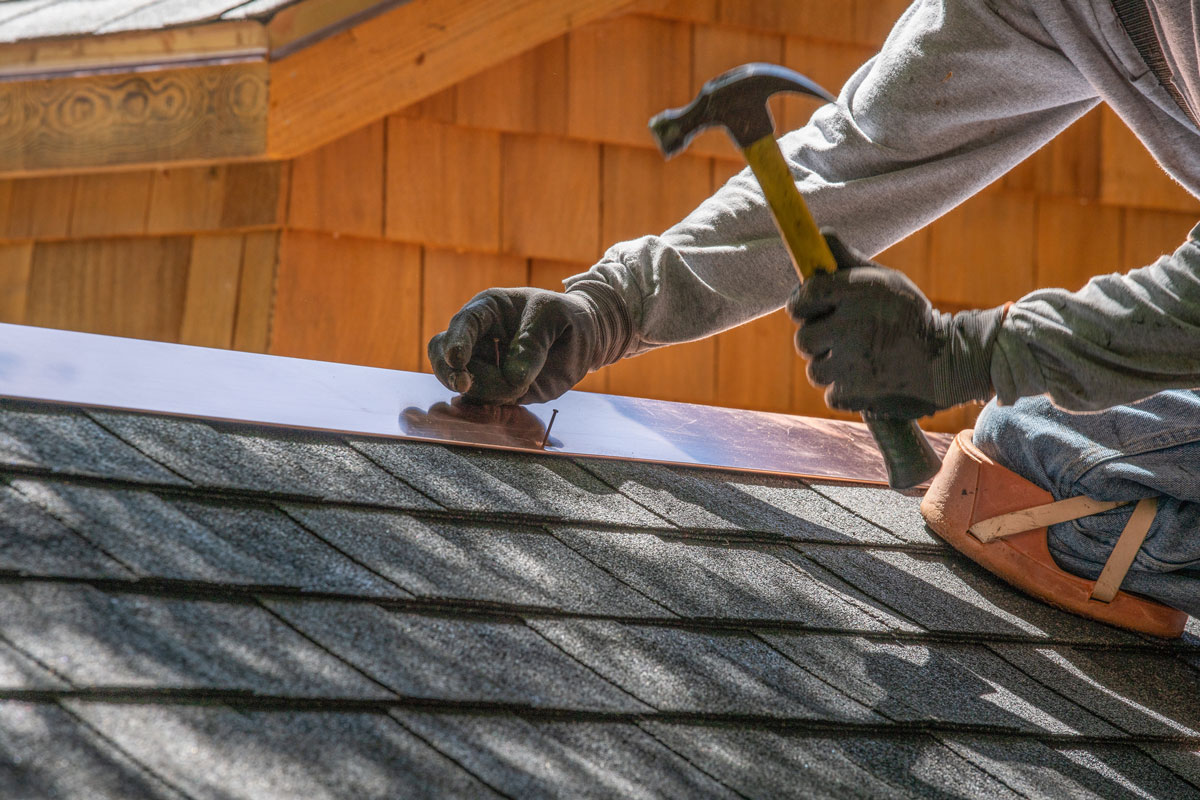
During installation, there's always one important decision you need to make: what material should you use to fasten it?
There are three materials roofers use to pin down roof flashing:
- nails
- screws
- adhesives
Nails are typically the more popular choice because it's less expensive, readily available, and easy to use. You don't need any power tools, but most roofers use a roofing nailer for faster and more efficient work.
View this 3Plus Coil Roofing Nailer on Amazon.
When it comes to using nails for your flashing, it really depends on the type of material your roof is made out of. For instance, if you're using metal flashings together with roof shingles, then nails are going to be a good option because they can hold the metal in place.
For wood shingles, nails are also used, but others recommend roofing screws as the better choice. It will be able to penetrate through the wood without splitting or puncturing the entire shingle.
There are several types of flashing materials for different purposes: metal, plastic, rubber, and impregnated paper. Among the four, metals are the most popular. Here are some of the commonly used metals for flashing.

Aluminum
Aluminum is a versatile material and can be used on chimneys, roof valleys, and step-up areas. It is sold in sheets, rolls, or preformed shapes. It is flexible and can be easily cut and bent according to the desired shape.
There are two types available on the market: coated and uncoated. When using it against materials such as mortar and cement, it's best to use the coated type to avoid corrosion.
Check out this Mill Finish Aluminum Flashing on Amazon.
Copper
Copper is a pricier option for flashing but for a very good reason. It is very durable, resilient to weathering, and flexible enough to be used in various roof areas such as valleys, chimneys, and ridges. This material is best used on homes and structures in marine areas.
Check out this 99.95% pure copper flashing on Amazon.
Stainless Steel
Stainless steel flashing is a premium material similar to copper. It is just as expensive, durable, and weather-resistant. One advantage of stainless steel is that it is able to withstand weathering from acid rain or salt spray. However, the material is not that flexible and it is labor-intensive to install.
Check out this brushed stainless flashing on Amazon.
How Do You Nail Down Flashing?
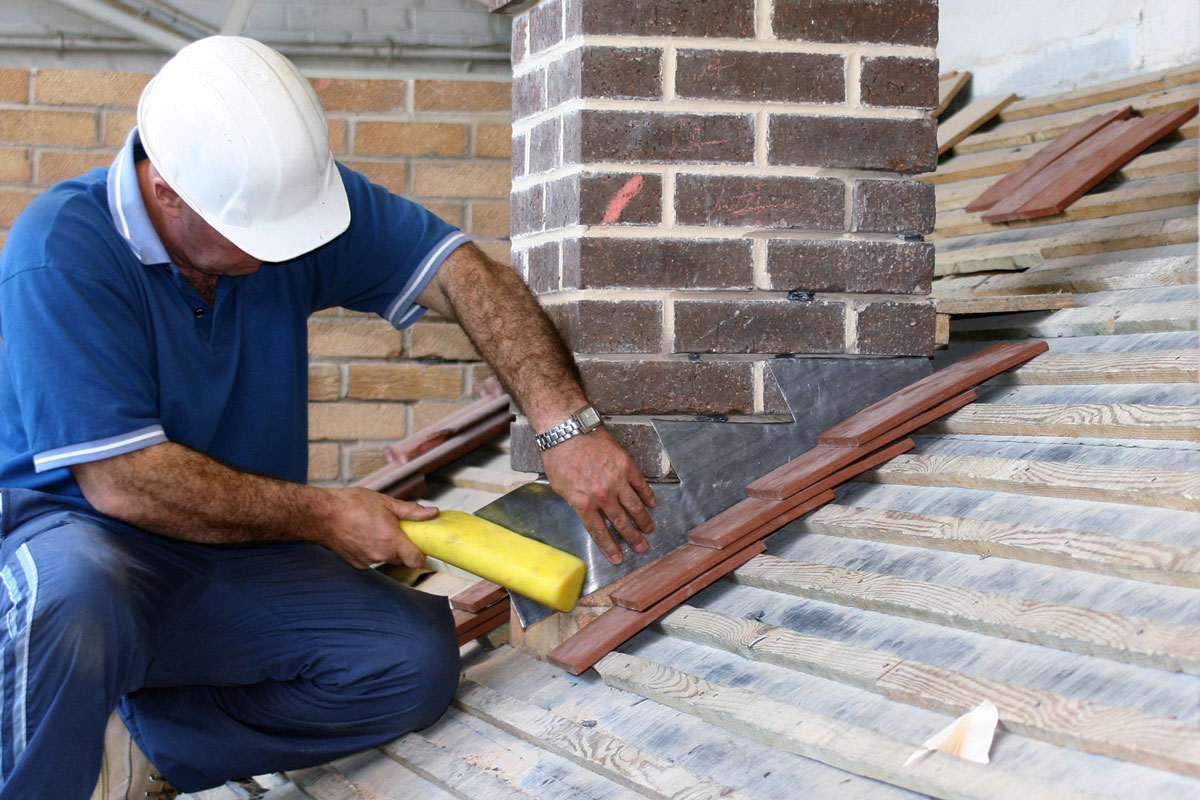
When using nails to install flashing, there are proper ways to do it to ensure it won't cause leaks. Here are some tips we have gathered from experts when nailing down roof flashing:
- Nail only on one side of the flashing, whether on the vertical wall or the roof plane.
- Use the correct flashing size.
- Check your local area's building code if they require specific materials, thickness, and sizes for flashings.
What Nails Do You Use For Flashing?
Using the right roofing nails for flashing is important, especially if you are using metal flashing in order to avoid corrosion. The general recommendation is that nails and flashing should ideally be the same material.
For instance, aluminum flashing should use aluminum nails and copper flashing should use copper nails. This ensures that two different metals won't react to each other. If you are using shingles on the roof, you can use the same nail to hold down both the flashing and the shingles.
View this 1.5-inch copper roofing nail on Amazon.
Can You Use Flashing Tape?
Flashing tape is a strong adhesive for use in a variety of building projects. Professional roofers use it to seal off cracks on roofs, windows, and doors, and for waterproofing. It is made of thin aluminum with a strong adhesive on one side.
Despite its name, flashing tape does not entirely replace roof flashings. Its main use is to seal off gaps and is an easier replacement for caulk. Therefore, it is sometimes used to seal off edges and cracks before nailing down shingles.
You can only use adhesives on certain types of roofs (like asphalt), and even then, they tend not to work very well because there isn't enough surface area for them to stick properly. This means that if you want a strong hold between your flashing and roofing materials, then use screws or nails.
If you're using adhesives on your roof, make sure it is able to stick to the material. Flashing tapes are permanent and will stick to wood, metal, concrete, plastic, and glass.
Click this popular Zipsystem flashing tape on Amazon.
How Do You Seal Roof Flashing?
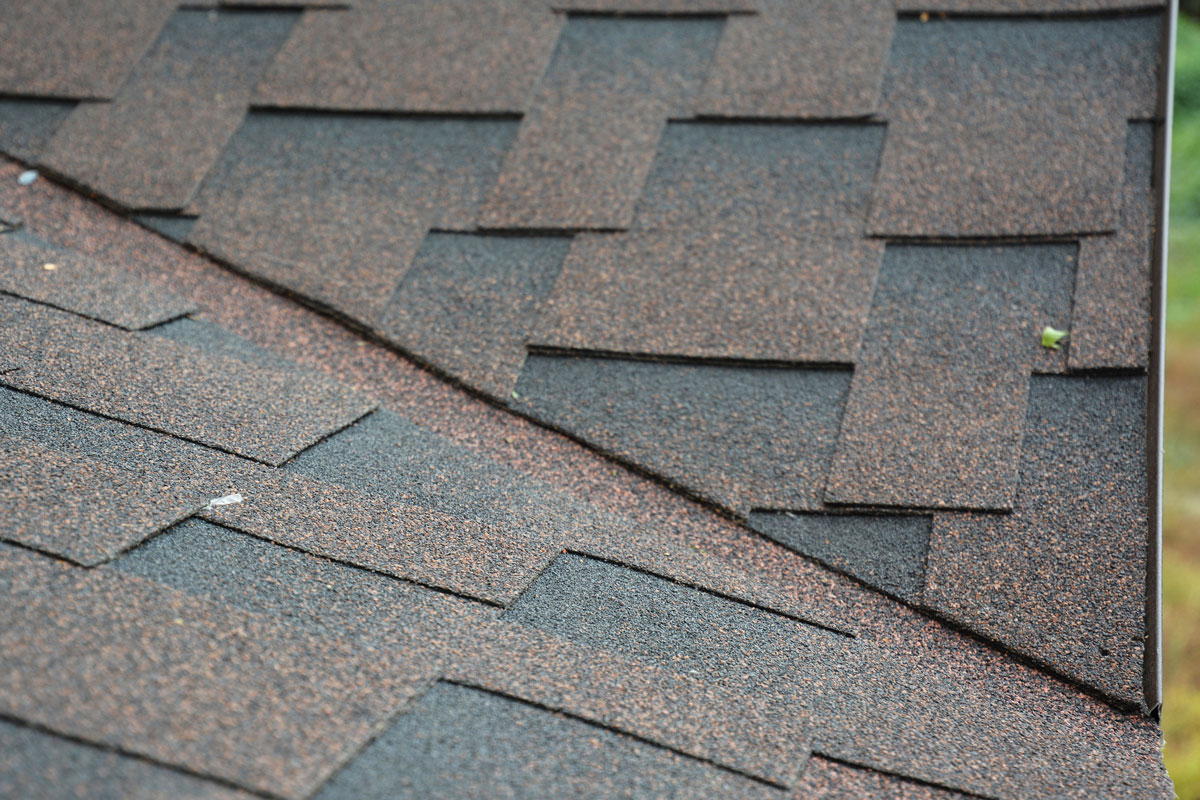
A properly installed roof flashing should be enough but you can still apply roofing cement on its edges for a tighter seal. In case of a crack or corrosion that's causing the leak, you can seal it off with a flashing tape or apply special masonry caulk or roofing cement to the leak.
In case there is already an existing caulk or sealant, you can chip it off first using a chisel before applying the new sealant.
If you see cracks or corrosion in one area, it's best to check the rest of the roof, particularly in the chimney, valleys, pipe vents, and dormers. If the roof has shingles, lift them carefully before applying the sealant generously. You can also apply the cement to the back of the shingles.
If you have a metal roof, experts recommend using a silicone sealant. These types of sealants should be able to last for several years unless the area experiences extreme weather conditions. You may need to check after every weather disaster if there's a need to reseal.
Wrapping Up
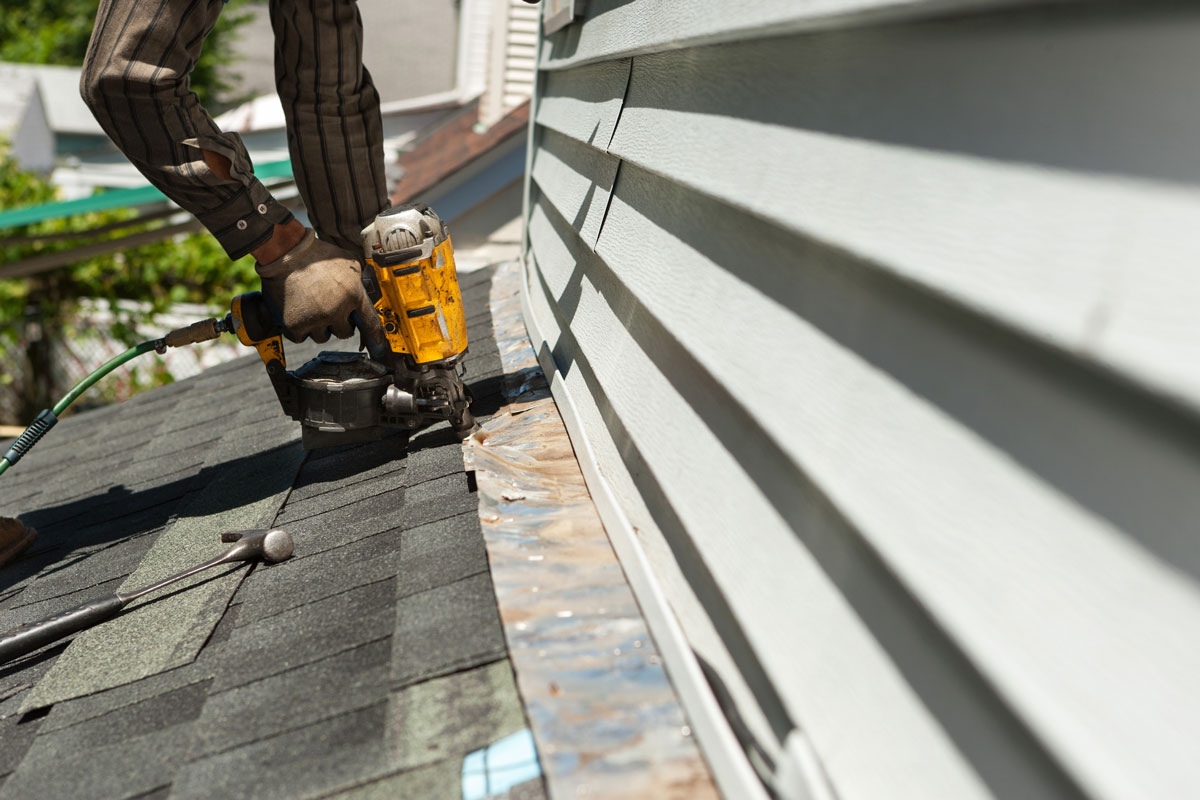
Nails are generally a reliable material to use for flashing, but you need to use them on the right materials. Before deciding to DIY roof installation, check your area's building code requirements. Some states require that only professional roofers who understand safety requirements and building codes can install roofing.
Thank you for reading through and we hope you found the above information useful. For more useful information on home construction and renovations, do browse through our other articles.









